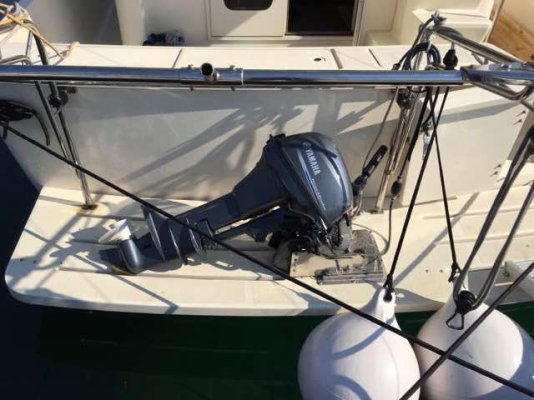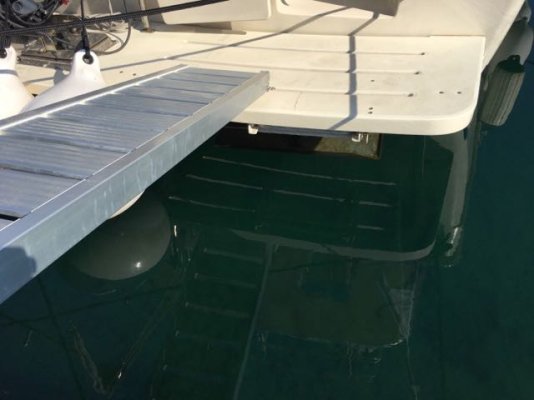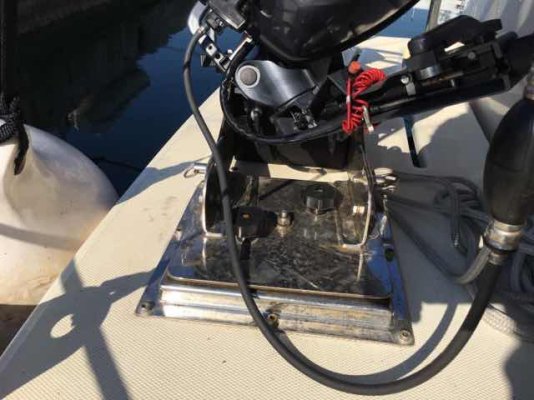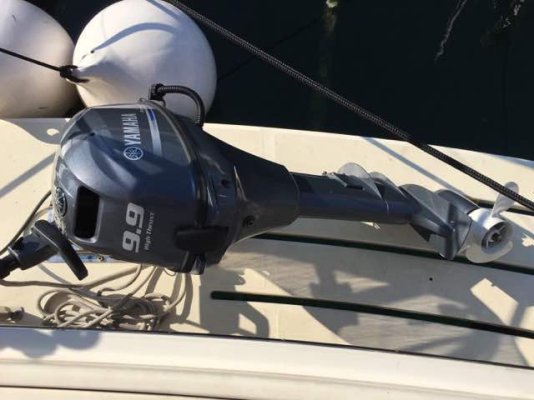Hi!
Quite recently I went through the same dilemma and did a lot of day and night reading in forums and various articles, but also discussed different thoughts and views with other boaters and mechanics. My choice was to go with the single engine 370hp 6LYA-STP Yanmar powered Mainship 34T (2006).
I added a stern thruster (100Kg) to the factory installed bow thruster (80kg I believe) and new Side Power dual joysticks (2 helms), so maneuverability is not an issue anymore. The boat is actually able to spin around itself 360 degrees easily and swiftly. It's impressive! You just need to use the thrusters wisely, meaning not for more than 10-15 seconds per thrust (which is sufficient), so as to avoid damaging the electric motor. Also, have installed dedicated 200Ah batteries on each thruster to make sure there is enough power when needed, as thrusters need much electricity in a short period of time. Without the thruster there where some issues in the marina with side winds, as this is a bit of a tall boat.
I also needed to have a reliable back up system to get me to the closest shore in case the main engine fails: installed a Yamaha gasoline 9.9hp High Thrust, Extra Long on a turning inox base which is securely placed with through bolts in the middle of the swim platform (moved the swim ladder to the right, in line with the transom door). The specific large propeller Yamaha with its appropriate gearbox is indeed able to push the boat, maybe not against a strong wind/current, but it is a reliable tool to get me to safety if the Yanmar fails. The Yamaha gives me the freedom and peace of mind that I have 2 separate motors, 2 separate ignition systems (manual for the Yamaha), 2 separate fuel tanks, 2 separate propellers. For use as a coastal cruiser and for island hopping i.e. not having a huge distance from the closest shore, this set up suits me fine. Attached is a photo.
Finally, as a "free bonus gift" I get the lower maintenance costs and the lower hassle of the single engine. That has been my rationale in the very recently purchased 34T. Hope it is of some help in your buying decision process.
Happy Travels!
Paris
PS. First impressions with the 34T are excellent. We traveled the boat on it own bottom from Limassol, Cyprus to Athens, Greece, a distance of 500 n.miles and it was just so comfortable and we felt very safe. Its a very good boat, with a well thought of design and its well built. Go for it! You will enjoy it!













